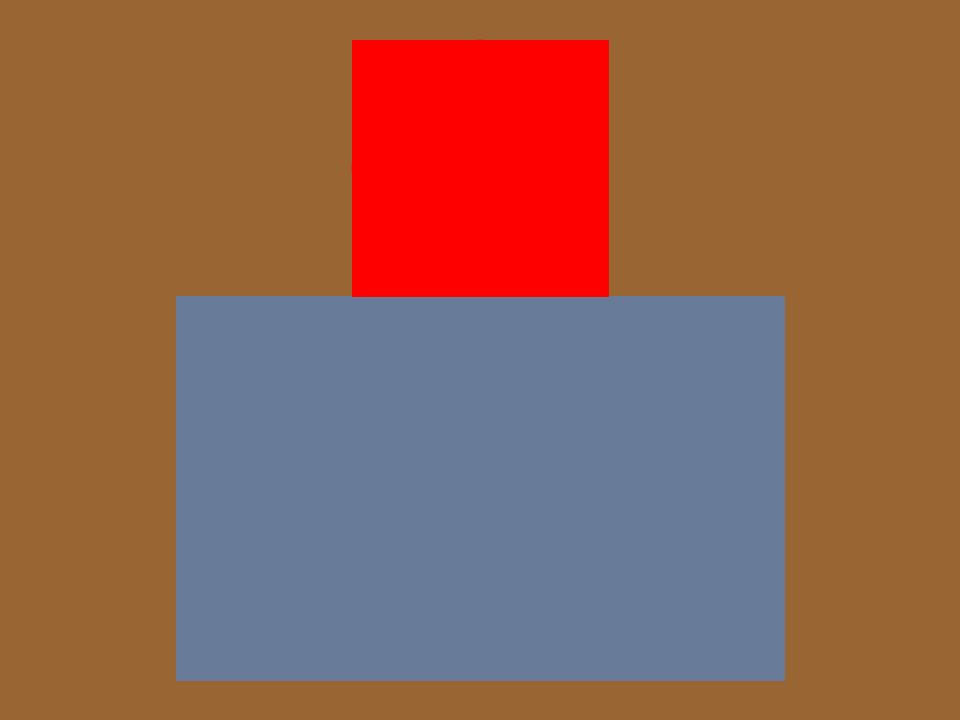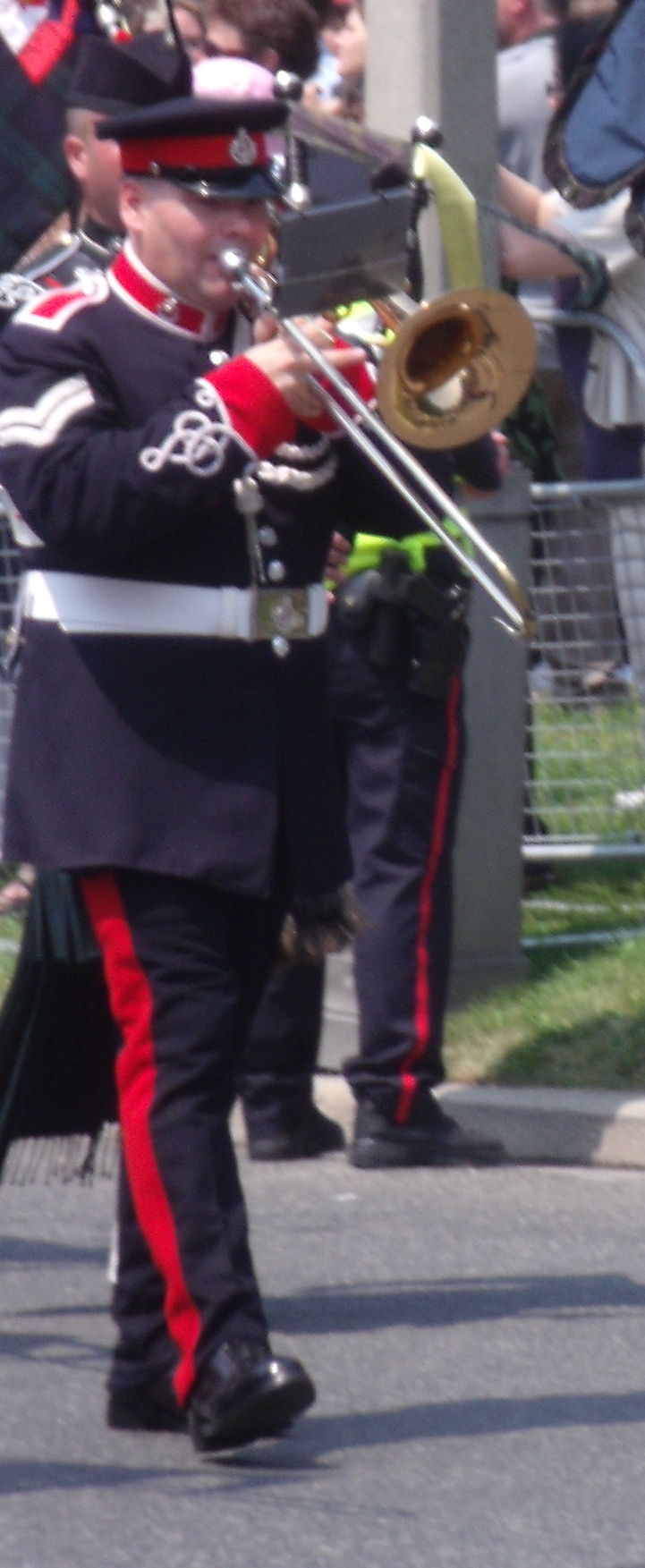|
List Of Mounted Regiments In The Canadian Expeditionary Force
During the World War I, First World War, the Canadian government authorized the formation of several mounted regiments, including cavalry and mounted infantry, to serve in the Canadian Expeditionary Force on the Western Front (World War I), Western Front . Three regiments, the Royal Canadian Dragoons, Lord Strathcona's Horse, and the Fort Garry Horse, served as throughout the war as part of the Canadian Cavalry Brigade, attached to British Army cavalry formations. One regiment, the Canadian Light Horse, served as the Canadian Corps cavalry regiment. Six regiments of Canadian Mounted Rifles, mounted rifles served initially at the front as mounted infantry before being converted to List of infantry battalions in the Canadian Expeditionary Force, infantry battalions. The remaining mounted rifle regiments were raised in Canada but broken up in England to provide reinforcements for other cavalry, mounted infantry and infantry units. The regiments in bold type served in the field. {, ... [...More Info...] [...Related Items...] OR: [Wikipedia] [Google] [Baidu] |
World War I
World War I (28 July 1914 11 November 1918), often abbreviated as WWI, was one of the deadliest global conflicts in history. Belligerents included much of Europe, the Russian Empire, the United States, and the Ottoman Empire, with fighting occurring throughout Europe, the Middle East, Africa, the Pacific, and parts of Asia. An estimated 9 million soldiers were killed in combat, plus another 23 million wounded, while 5 million civilians died as a result of military action, hunger, and disease. Millions more died in genocides within the Ottoman Empire and in the 1918 influenza pandemic, which was exacerbated by the movement of combatants during the war. Prior to 1914, the European great powers were divided between the Triple Entente (comprising France, Russia, and Britain) and the Triple Alliance (containing Germany, Austria-Hungary, and Italy). Tensions in the Balkans came to a head on 28 June 1914, following the assassination of Archduke Franz Ferdin ... [...More Info...] [...Related Items...] OR: [Wikipedia] [Google] [Baidu] |
1st Battalion, Canadian Mounted Rifles
The 1st Battalion, Canadian Mounted Rifles, CEF, was an infantry battalion of the Canadian Army. Raised for service during the First World War as part of the Canadian Expeditionary Force (CEF), it was formed in November 1914, in Brandon, Manitoba. Originally a mounted infantry unit named the 1st Regiment, Canadian Mounted Rifles, CEF, which was expanded, following its rerolling and dismounting as an infantry unit, by absorbing other units of the Canadian Mounted Rifles (CMR). History Following the outbreak of the war, the Canadian Government decided to raise an initially volunteer force for service overseas, with the force to be known as the Canadian Expeditionary Force. As a unit of this force, the 1st Battalion, Canadian Mounted Rifles was formed on 7 November 1914 in Brandon, Manitoba. Part of the 1st Brigade Canadian Mounted Rifles, the unit landed in France on September 22, 1915, where the conditions of the Western Front made its mounted status more of a hindrance than ... [...More Info...] [...Related Items...] OR: [Wikipedia] [Google] [Baidu] |
8th Regiment, Canadian Mounted Rifles
8 (eight) is the natural number following 7 and preceding 9. In mathematics 8 is: * a composite number, its proper divisors being , , and . It is twice 4 or four times 2. * a power of two, being 2 (two cubed), and is the first number of the form , being an integer greater than 1. * the first number which is neither prime nor semiprime. * the base of the octal number system, which is mostly used with computers. In octal, one digit represents three bits. In modern computers, a byte is a grouping of eight bits, also called an octet. * a Fibonacci number, being plus . The next Fibonacci number is . 8 is the only positive Fibonacci number, aside from 1, that is a perfect cube. * the only nonzero perfect power that is one less than another perfect power, by Mihăilescu's Theorem. * the order of the smallest non-abelian group all of whose subgroups are normal. * the dimension of the octonions and is the highest possible dimension of a normed division algebra. * the first number ... [...More Info...] [...Related Items...] OR: [Wikipedia] [Google] [Baidu] |
7th Regiment, Canadian Mounted Rifles
7 (seven) is the natural number following 6 and preceding 8. It is the only prime number preceding a cube. As an early prime number in the series of positive integers, the number seven has greatly symbolic associations in religion, mythology, superstition and philosophy. The seven Classical planets resulted in seven being the number of days in a week. It is often considered lucky in Western culture and is often seen as highly symbolic. Unlike Western culture, in Vietnamese culture, the number seven is sometimes considered unlucky. It is the first natural number whose pronunciation contains more than one syllable. Evolution of the Arabic digit In the beginning, Indians wrote 7 more or less in one stroke as a curve that looks like an uppercase vertically inverted. The western Ghubar Arabs' main contribution was to make the longer line diagonal rather than straight, though they showed some tendencies to making the digit more rectilinear. The eastern Arabs developed the digit f ... [...More Info...] [...Related Items...] OR: [Wikipedia] [Google] [Baidu] |
8th Canadian Hussars (Princess Louise's)
, colors = , colors_label = , march = "The 8th Hussars" , mascot = , equipment = , equipment_label = , battles = First World WarSecond World WarWar in Afghanistan , anniversaries = , decorations = , battle_honours = See #Battle honours , identification_symbol = VIII CH , identification_symbol_label = Abbreviation , identification_symbol_2 = , identification_symbol_2_label = NATO Map Symbol The 8th Canadian Hussars (Princess Louise's) (VIII CH) is an armoured regiment in the Canadian Army. It was formed on the 4 April 1848 in New Brunswick where it has served continually ever since. Today it is a reserve armoured reconnaissance regiment with two squadrons. Its Regimental Headquarters (RHQ) and A Squadron are located in Moncton with B Squadron located in S ... [...More Info...] [...Related Items...] OR: [Wikipedia] [Google] [Baidu] |
6th Regiment, Canadian Mounted Rifles
The 6th Regiment, Canadian Mounted Rifles, CEF, was a mounted infantry unit of the Canadian Expeditionary Force in the First World War. History The regiment was formed on March 15, 1915, at Amherst, Nova Scotia . It recruited in Nova Scotia, New Brunswick, and Prince Edward Island. It sailed to England in July, 1915, and after training arrived in France on October 22, 1915. It served in the field as infantry until December, 1915. On January 1, 1916, the six regiments of Canadian Mounted Rifles were converted to infantry and reorganized into the four battalions of the 8th Canadian Infantry Brigade . The personnel of the 6th Regiment were absorbed into the 4th and 5th Battalions, CMR. Perpetuation The 6th Regiment was perpetuated by the King's Canadian Hussars, which was converted to an artillery unit in 1939, and later by the 8th Canadian Hussars (Princess Louise's). Battle Honours * Mount Sorrell * Somme, 1916 * France And Flanders, 1915-16 See Also * List of ... [...More Info...] [...Related Items...] OR: [Wikipedia] [Google] [Baidu] |
The Sherbrooke Hussars
, colors = , march = "Regimental March of the Sherbrooke Hussars" , notable_commanders = , anniversaries = , battles = First World WarSecond World WarWar in Afghanistan , battle_honours = See #Battle honours , website = , identification_symbol_label = NATO Map Symbol , identification_symbol_4 = Sher H , identification_symbol_4_label = Abbreviation The Sherbrooke Hussars is a Primary Reserve armoured regiment of the Canadian Forces and perpetuates the Sherbrooke Fusilier Regiment of the Second World War. Lineage The Sherbrooke Regiment The Sherbrooke Regiment was initially formed on 21 September 1866 in Melbourne, Quebec as the Sherbrooke Battalion of Infantry, becoming the 53rd (Sherbrooke) Battalion in 1867. The regiment perpetuates the Frontier Light Infantry as well as the 1st and 4th battalions of the Eastern Towns ... [...More Info...] [...Related Items...] OR: [Wikipedia] [Google] [Baidu] |
5th Battalion, Canadian Mounted Rifles
The 5th Battalion Canadian Mounted Rifles were a mounted infantry unit of the Canadian Expeditionary Force (CEF) during World War I. The unit was raised from volunteers of the 7th and XIth (Canadian) Hussars from the Eastern Townships of Quebec. Formed in 1915, they were transported to England later that year. In 1916, they converted to an infantry battalion attached to the 8th Canadian Infantry Brigade, 3rd Canadian Division, CEF (later the Canadian Corps). The battalion saw action in France and Flanders between 1916 and 1918. Battle honours In 1929–31, well after World War I had ended, Canada assigned battle honours to those units involved in pivotal battles and campaigns during the war. The 5th Canadian Mounted Rifles were accorded the following battle honours: During the Battle of Passchendale, the 5th Canadian Mounted Rifles fighting strength was reduced by 60% in a single day. Two members of the battalion were awarded the Victoria Cross, the highest decoration f ... [...More Info...] [...Related Items...] OR: [Wikipedia] [Google] [Baidu] |
The Governor General's Horse Guards
The Governor General's Horse Guards is an armoured reconnaissance regiment in the Primary Reserve of the Canadian Army. The regiment is part of 4th Canadian Division's 32 Canadian Brigade Group and is based in Toronto, Ontario. It is the most senior reserve regiment in Canada, and the only household cavalry regiment of Canada's three household units. Structure The regiment maintains a traditional structure, with squadrons and units for deployment and active duty, training, ceremony, cadets, and administration. Regimental Headquarters Regimental Headquarters (RHQ) consists of the command team to include the commanding officer, the regimental sergeant major, the second in command, the padre, adjutant and drill sergeant. RHQ also consists of the Operations and Training Cell, which includes an operations officer, warrant officer, training officer and sergeant. The Training Cell oversees the recruits and their progress and interacts with the Battle School with instructor cadre. The ... [...More Info...] [...Related Items...] OR: [Wikipedia] [Google] [Baidu] |
4th Battalion, Canadian Mounted Rifles
The 4th Battalion, Canadian Mounted Rifles was authorized on 7 November 1914 as the 4th Regiment, Canadian Mounted Rifles, CEF and embarked for Britain on 18 July 1915. It disembarked in France on 24 October 1915, where it fought as part of the 2nd Brigade Canadian Mounted Rifles until 31 December 1915, when it was converted to infantry and allocated to the 8th Canadian Infantry Brigade, 3rd Canadian Division. The regiment was redesignated the 4th Battalion, Canadian Mounted Rifles, CEF on 1 January 1916 and was disbanded on 6 November 1920.Canadian Forces Publication A-DH-267-003 Insignia and Lineages of the Canadian Forces. Volume 3: Combat Arms Regiments. History The battalion recruited in Militia District 2 in Ontario and was mobilized at Toronto, Ontario.Meek, John F. ''Over the Top! The Canadian Infantry in the First World War.'' Orangeville, Ont.: The Author, 1971. Most of their recruits came from the militia cavalry regiments from Militia District 2: The Governor General ... [...More Info...] [...Related Items...] OR: [Wikipedia] [Google] [Baidu] |

